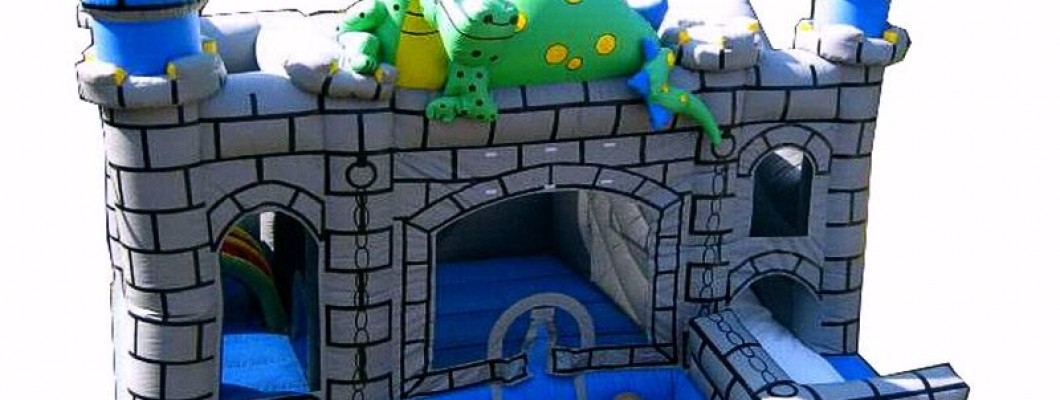
Securing a bounce house is essential to ensuring the safety of children while they play. In situations where ground stakes aren’t an option—such as when setting up on hard surfaces like pavement—sandbags provide a practical solution. Here’s how to use sandbags effectively to secure a bounce house:
1. Choose the Right Type of Sandbags
The first step is selecting the appropriate sandbags for the job:
- Look for heavy-duty, weather-resistant sandbags that can hold up to varying conditions.
- Each sandbag should weigh at least 25 to 50 pounds, depending on the size and weight of the bounce house.
- Ensure the sandbags have strong handles or straps for easy attachment to the bounce house anchors.
2. Determine the Number of Sandbags Needed
The number of sandbags you’ll need depends on the size of the bounce house and the wind conditions:
- Typically, you will need at least one sandbag per anchor point. For larger bounce houses, consider two or more sandbags per anchor for added stability.
- If you expect windy conditions, use additional sandbags to ensure the bounce house remains securely anchored.
3. Attach Sandbags to Anchor Points
Next, securely attach the sandbags to the bounce house’s anchor points:
- Locate the designated anchor points on the bounce house, which are usually located at the corners and other key areas along the base.
- Thread the sandbag’s strap or handle through the anchor loop on the bounce house, ensuring a tight and secure fit.
- If the anchor loops are not present, use additional heavy-duty rope to tie the sandbags directly to the bounce house.
4. Ensure Even Distribution of Sandbags
It’s important to distribute the weight of the sandbags evenly to maintain balance:
- Place equal weight on all sides of the bounce house to prevent tilting or uneven movement during use.
- If one side is more exposed to wind, consider adding extra sandbags to that side to counterbalance the force.
5. Check the Sandbags Regularly
Once the sandbags are in place, it’s essential to check them periodically:
- During an event, inspect the sandbags regularly to ensure they remain securely attached.
- After setup, make sure the sandbags haven’t shifted or lost their weight over time, especially in high-traffic or windy areas.
- If rain is expected, consider using waterproof covers to protect the sandbags from becoming too heavy or degrading.
6. Test the Bounce House for Stability
After securing the sandbags, test the stability of the bounce house before allowing children to play:
- Gently push or tug on the bounce house to check for any movement.
- If the bounce house shifts significantly, reassess the sandbag placement and consider adding more weight if necessary.
- A properly secured bounce house should remain firmly in place, even when children are jumping or playing inside.
7. Conclusion
Using sandbags is an effective and reliable method for securing a bounce house on surfaces where ground stakes are not feasible. By choosing the right sandbags, evenly distributing the weight, and regularly checking for stability, you can create a safe environment for children to enjoy bounce house fun without worry!

Leave a Comment